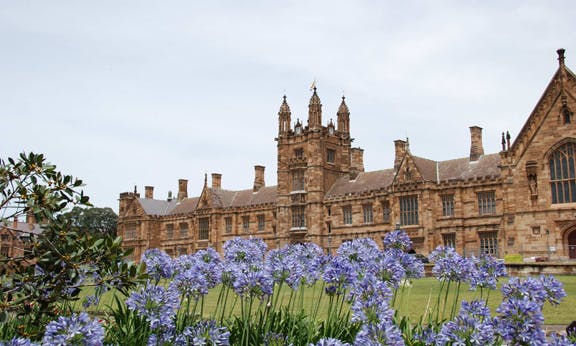Top of the class

The recent US college admissions scandal, in which a string of low-level celebrities paid a dozen college sports managers a total of US$6 million to wangle their children a place in some of the country’s top universities, prompted outrage in the media and higher education circles.
The US News described it as “the largest college admissions scam ever”. The idea that crude payment of bribes could circumvent the rules that applied to everyone else was seen as an affront to the system of meritocracy that is supposed to govern access to education.
But the hullabaloo rather misses the point. The real scandal is not the work of a few corrupt university administrators and sports coaches but the entire set-up of higher education in the US, which is not a means to give opportunities for all citizens to flourish but a vehicle to reproduce existing class privileges.
Much of the admissions process to the Ivy League universities is determined by the old boy network, in which former students can ease their sons and daughters into the hallowed halls of Harvard and Yale through donations to the alma mater and personal connections forged through common membership of exclusive clubs, churches and parties.
Such folk don’t need to stoop to sordid backhanders to low rent sports coaches; they glide into the quadrangles of the top colleges supported only by a lifetime of privilege, with private tutors, interview coaches and all. The result is that the student body of the Ivy League universities overwhelmingly reflects wider class inequalities in US society.
But how different is Australia? At least the idea of buying your offspring a place in a top university is regarded as a scandal in the US. Here in Australia it was government policy for more than a decade.
In 1996, the Howard government allowed universities to create places for full fee-paying domestic undergraduate students who failed to meet the ATAR cut-off for particular courses. If your parents had money, they could buy you a place if you didn’t have the smarts to get in in the usual way. If you weren’t so fortunate in life, then a degree in a high status university was not for you.
Howard’s scheme was partially scrapped by the subsequent Labor government in a nod to equity. But this did not alter the underlying injustice that plagues educational opportunity in Australia. Australia’s most prestigious universities may all be public, and access to undergraduate places is determined more by high school academic performance than by a quiet word at the golf club and a donation (although if you’re Tony Abbott, political connections can still get your daughter free tuition at a high-profile Melbourne design school).
But inequality still permeates the system. This can be seen most starkly by comparing the educational opportunities for different social classes. In 2016, 61 percent of 20-24-year-olds with managerial or professional parents were undertaking or had completed higher education; for those whose parents were technicians or trade workers, the figure was 33 percent; and for those whose parents were machinery operators, drivers and labourers, the share was just 25 percent. Whether you were born with well-to-do parents or those struggling to get by still has an overwhelming impact on whether or not you will enter higher education.
One obvious reason for this is that those from low socio-economic status (SES) backgrounds, and in particular Indigenous children, are less likely to finish school than students from high SES backgrounds and much less likely to attain a high ATAR score. Only 16 percent of Victorian students in 2008 living in the bottom quarter of SES areas attained an ATAR of 80 or more, compared to 44 percent of those in the top quarter. That’s why spots at Melbourne Uni are dominated by those from the leafy eastern suburbs, not those from the west.
Concern at this inequity has led universities to try to increase admissions of students from low SES areas. But this has had next to no effect in shifting the composition of the student body. Because university admissions are substantially higher than they were in the 1970s, a much larger number of children from low SES areas now attend university, but the share of those from the lowest one fifth of SES backgrounds in the total university cohort is still stuck at 16 percent, a figure that has not budged for decades.
The wealthy are able to protect their privileged position in any number of ways. Lobbying by vested interests has maintained the vast government subsidies to the private schools such that the facilities open to children of the rich are far better than those for kids from battler families. Students from private schools are more than two and a half times as likely as those from government schools to enrol in tertiary education. With preference given to the offspring of former students, the private schools simply transmit class privilege from one generation to the next.
Our politicians and educational leaders make much of “equality of opportunity” in Australia, whereby education is meant to be an avenue through which all people, whether from wealthy or poor backgrounds, can advance in life. But, just like the justice system and the health system, the education system bears the stamp of capitalist society, keeping the proles in their place and the toffs in charge.